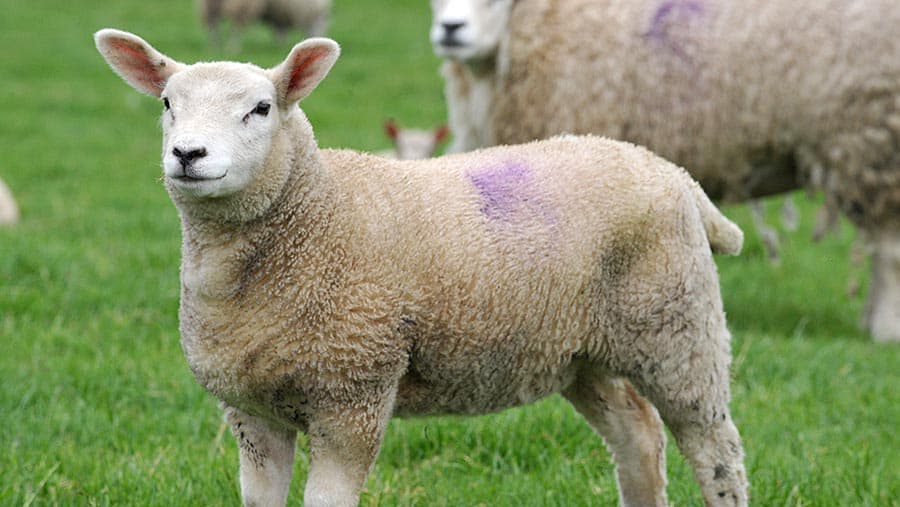Sheep are very sensitive to copper, although different breeds respond to it differently. Some breeds are very prone to copper poisoning, and copper should only be supplemented in these breeds with extreme care, or not at all. These breeds include Texel, Suffolk, North Ronaldsay and some continental breeds.
Signs of copper poisoning include weakness, aimless wandering, and head-pressing followed by yellowing of the gums, eyes and/or skin (jaundice). Post mortem examinations of animals that have died from copper poisoning can reveal very typical changes to the kidneys and liver, and we can send a sample of kidney to the lab to confirm the diagnosis.
Treatment options for copper poisoning are limited, and there is a very low likelihood of recovery of affected animals. However, the important thing is to identify the problem so that it can be addressed to prevent future cases. Often, the problem is a feed source containing a high level of copper. The most common cause of this is sheep being fed concentrates or minerals that were designed for cattle, as these will contain too much copper for sheep. However, some other feeds can have high copper levels, such as forage from land that has had large amounts of pig or poultry manure as fertiliser.




